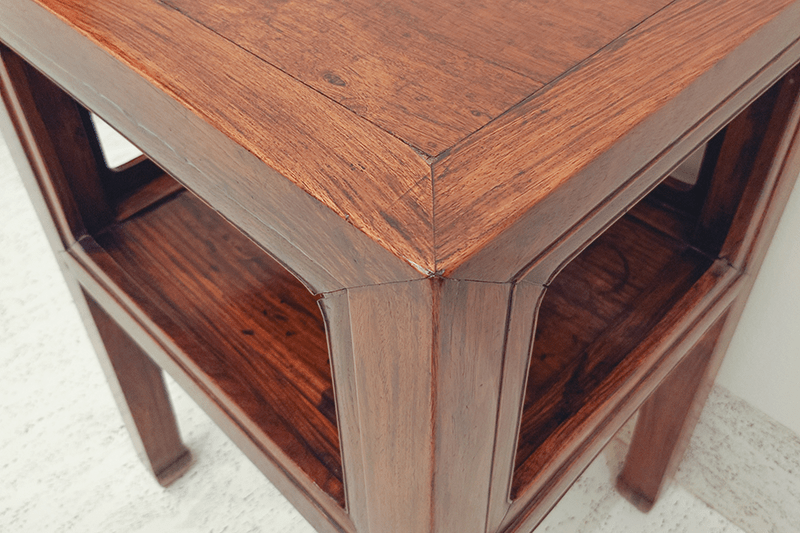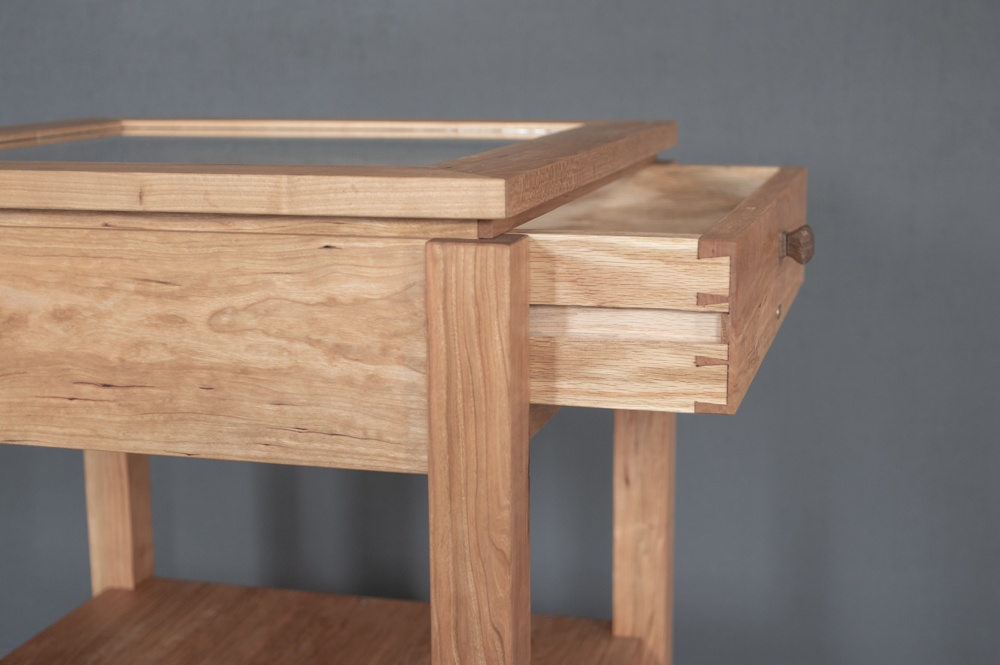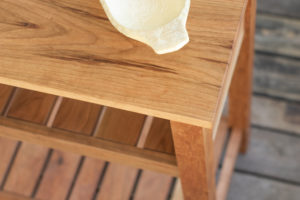The image above with the raised top was influenced by furniture pieces spotted in Taiwan.
What makes Ming furniture special?
Ming furniture refers to furniture made during the Ming Dynasty of China, a period from the 1300s to the 1600s. End of history lesson.
In short: the joinery and the clean style are two features that stand out to me.
The style
My guess is the simplicity is related to the era of its creation. Think about today when our lives are busy and houses are cluttered, a clean, simple style helps create a clear space. This is similar to the clean style of mid-century furniture during the rise of industrialized consumerism, and the return of its popularity today. When we are surrounded by too much stuff, we crave the minimalistic styles. Some say we are the product of the things around us. A clean house makes a clutter-free mind.
That’s not to say there is no style to Ming furniture. While there are a few variations of styles here, there is a common theme: a sense of elevation. The seat or table, though it may be low, the structure gives a sense of complex layers necessary to lift the user off the mundane earth up to a purified space. Some of the shapes would have you think they are built of massive boulders carrying a hefty load, but leaving the user to float on air. This creates a clean, pure space for the user to do their work. This is my interpretation of the pieces I’ve studied so far.

This piece was spotted in a museum’s collection of Ming furniture, a clean design with less emphasis on the ‘elevation’ features.
Japanese furniture deserves a mention here, or perhaps better called Japanese-influenced furniture in the Western world. It also offers a clean & simple style, and even more popular in the West than Ming furniture. The look is more minimalist than the Ming style, with thinner edges, less decoration, and without the theme of elevation as expressed in Ming furniture. I interpret this as offering a sense of humility, not that Ming furniture is without humility, but it is expressed differently. Like many things in Japanese and Chinese cultures, the similarities in these two styles seem to have a common influence. This is even more clear in the joinery, which I’ll discuss in another page.





